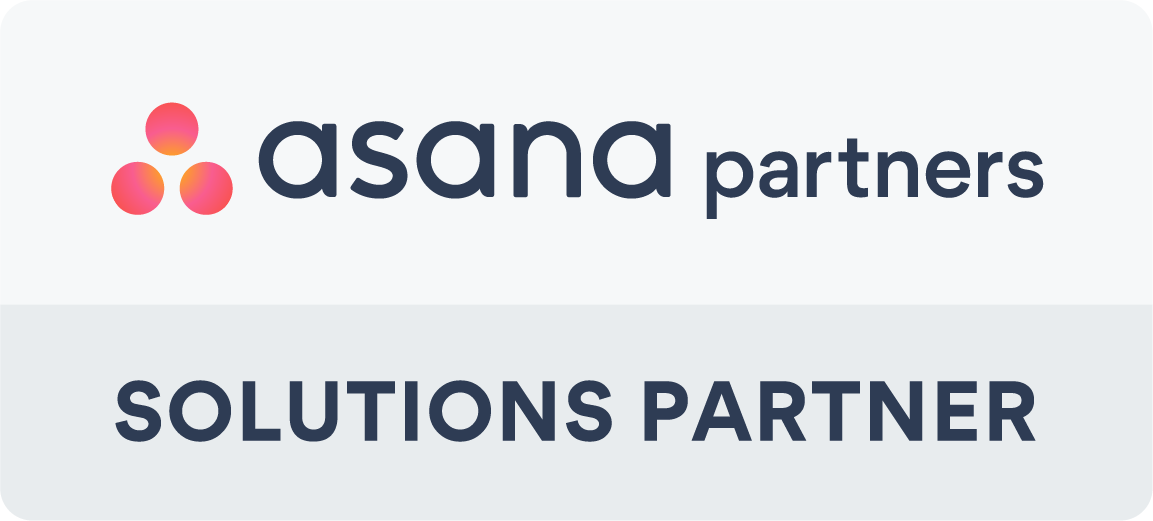BONUS EBOOK: The Creative Team's Handbook
It's easy to get lost in the sea of project management software and tools on offer today. While they offer a lifeline in the increasingly digitalised world, it's also essential to know how to use them properly to advance your business.
The demand for efficient services and cost-effective operations has been satisfied with the explosion of software and tools that support organisations. Asana, one of the most popular project management tools, is a favourite with start-ups and large enterprises. But do you know how to use it to its full potential for team projects to lead your company forward?
First, it helps to understand that Asana is fundamentally a group communication tool that focuses on streamlining team communication and collaboration around tasks. Asana works reasonably well as an individual task management/GTD app, but this doesn't keep it from being used for additional functions. Many purpose-built apps integrate well with it, expanding its functionality further based on your needs.
So what are great uses for Asana?
Using Asana for Communication
Asana serves as a great supporting tool for your company's communication hub. Whereas emails are fragmented and difficult to follow (it's easy to miss information in email chains), you can keep the vast majority of communication about the work your teams are doing in Asana, mostly as comments on tasks. Asana's Inbox makes it a much easier process to digest communication.
Using Asana for Project Management
Most projects can be broken down into a set of tasks and milestones so that you can prioritise them better. Asana lets you quickly build a set of tasks, use priority headings to group them into milestones and assign each task to the person who owns it. It's incredibly convenient for big tasks that require several steps (and different people) to complete, and you can also create subtasks.
Using Asana or Suggestions or Feature Requests
In Asana, you can create a master list of feature requests and suggestions from your entire team. It can then be pulled by your Project Manager(s) whenever you want to go through the ideas and see what you can add to a roadmap or sprint plans.
Using Asana for Hiring and Applicant Tracking
Asana is not a purpose-built applicant tracking system, but it supports creating different functional categories (Engineers, Designers, Marketing, etc.). When you find or interview a suitable candidate, you can create a task with their name and add it to the relevant project. You can also link to the candidate's cover letter and their internet presence (LinkedIn, GitHub, Behance, etc.) within the notes field and attach their resumes to their task.
Find out more about using Asana for hiring and candidate tracking here.
Using Asana as a CRM
One of Asana's most widespread uses is as a CRM. If a customer upgrades to a premium workspace, you can use an app to push data from your payment platform into an "Upgrades" project with the company name as the task and the account owner's contact details in the notes. You can then use this project for customer outreach and to segment your paid customers by industry type or use-case.
Using Asana for Product Launches
Creating a Product Launch Template with a list that contains all of the tasks every time you prepare to launch a significant new product or feature can help simplify what was once a complicated process. You can copy the project, rename it for the feature that is launching, set due dates for every task and sub-task, and split up the work.
Using Asana for Better Meetings
You can use Asana to create meeting agendas, take notes on each item on the agenda during the meeting, and then delegate any follow-up tasks once the session has finished. You can use Asana for board meetings, roadmap planning meetings, design reviews and 1:1s – which is very handy when managing remote teams working during lockdowns.
Using Asana for Client Work
Most companies don't typically use Asana for working directly with clients, but you can create separate workspaces for each client. You can then group their respective projects in each workspace and invite the client's stakeholders into the workspace you set up for them. Asana also supports convenient Guest Accounts that allow you to give clients access to the relevant projects.
These are just a few of the many great uses of Asana. The platform's most incredible quality is its versatility, making it perfect for different customers and diverse industries.
We are strong proponents of using technology to evolve organisations into secure, efficient, and human-focused businesses. If you want help with positioning your company at the heart of a smarter, safer and better-connected workplace – Generation Digital can help.
Tell us about your goals, and we'll help you get there!



